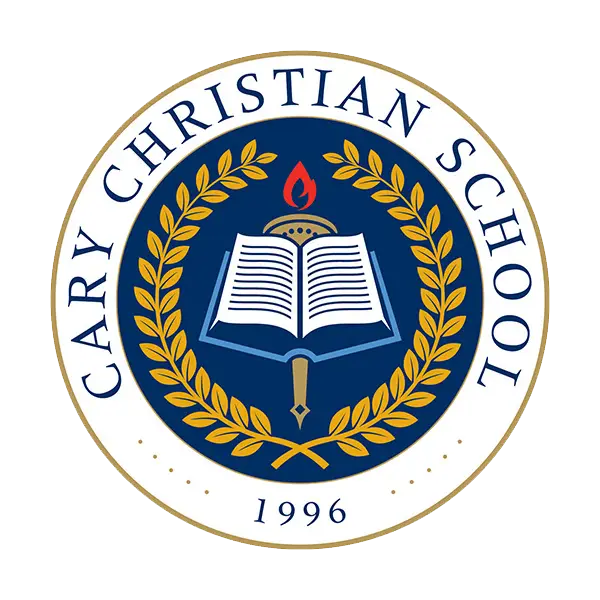Something magical happens when our ladies and gentlemen arrive at school for Snowball, Protocol, and even Hoedown. As they trade their uniforms for formalwear (or western wear), they step into a tradition even older than Cary Christian School. Historically, dances were anticipated as a central social event. They fostered a sense of community, offering participants a chance to engage in something beautiful and orderly. Our culture has lost this perspective, but we believe it is worth reclaiming.
In the rhetoric school, we aim to cultivate wisdom, eloquence, and elegance. At our dances, the students continue to practice elegance, but in a context different from that of our classrooms. Don’t be mistaken—the dances are not austere or stuffy! The students laugh, clap, and cheer throughout the night. The sight of the whole rhetoric school dancing intricate steps as gracefully as they can is elegance embodied. Our dances don’t stifle fun, but encourage it. Teaching the students the dance steps in advance helps to replace awkward self-consciousness with joyous participation, and students have the opportunity to learn these dances quite well by their senior year.
In Jane Austen’s Pride and Prejudice, Mr. Darcy is censured for only participating in a few dances at the ball while Mr. Bingley was praised for his participation. In this way, Mr. Bingley conducted himself in the way a gentleman ought, building community while engaging decorously with a variety of people. We aim to recapture this lost objective through our dances. Instead of having students focus on just one date, we assign them partners at random so that every student is included. Paradoxically, this restriction begets freedom. Our lineup, a mix that includes Celtic classics and line dances, naturally encourages community-building because they’re designed for a group. It may look odd when compared to dances at other schools, but as a classical Christian school, we revel in what makes us distinct.
This may sound great in theory, someone may say, but what do the students think?
Hannah Allen, a senior, is serving as the Social Executive Team President this year. This is a new position, created to differentiate between house activities and student government. Hannah says that the reason she was so excited to take this leadership opportunity was “because our dances create community by valuing everyone.” There are no wallflowers at our dances!
Karis Pelikan, a junior, says that the dances “create a closeness to classmates that happens more naturally than in class because once you learn the dances, everyone is able to have fun together no matter who you are.”
Kirin Ingle, a sophomore, says his favorite part of the dances is that the “lovely atmosphere encourages the spirit of fun.”
As a teacher and a former CCS student, I echo these sentiments. When I was in high school (and our student government was structured differently), I served as student body president. My favorite part of my job was planning the dances. I loved the dances so much that I helped start the annual Hoedown. For Snowball, we went all-out with a Narnia theme: students entered through a wardrobe, took pictures in front of Father Christmas’ sleigh and the lamp post, and feasted on Turkish delight. I found that when students enjoy the tasks put before them, they perform them with beautiful creativity. This is a CCS tradition that has not changed.
We hope that our dances impart in our students a freedom to be different from what is dictated to them by their culture. Instead of a high-pressure prom where students are concerned with being asked to dance or even how to dance, we cultivate an elegant, community-focused environment. The Apostle Paul wrote, “Do not be conformed to this world, but be transformed by the renewal of your mind, that by testing you may discern what is the will of God, what is good and acceptable and perfect” (Romans 12:2). Our school’s dances are one way we attempt to carry out this mission and bless our students with times of fun and memorable fellowship.
Photo Credit: Mike Waters


